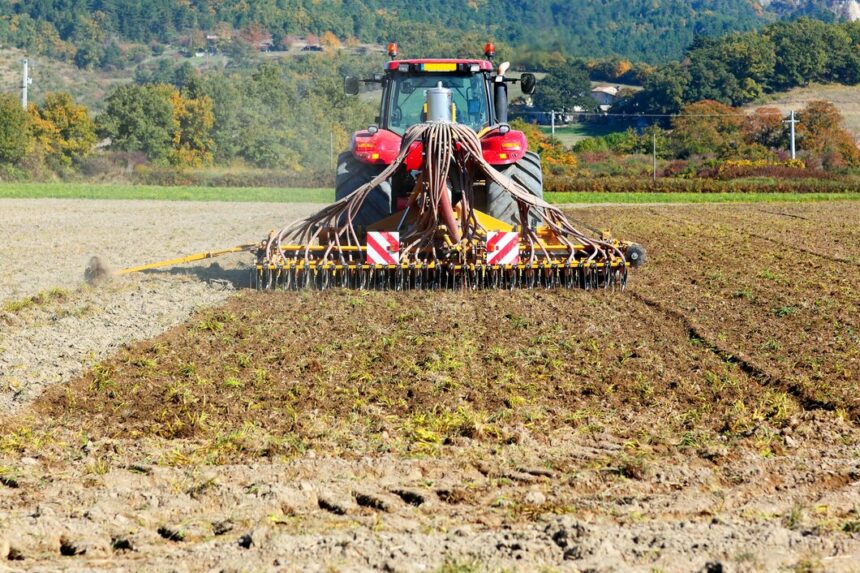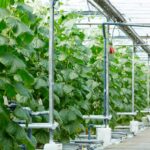Ploughing is a fundamental agricultural practice that lays the foundation for successful crop cultivation. Efficient ploughing not only prepares the soil but also contributes to optimal crop growth and yield. Here are ten essential tips to help South African farmers achieve efficient ploughing:
- Choose the Right Equipment: Select ploughing equipment suitable for your soil type, field size, and crop rotation plan. Consider factors such as plough width, depth adjustment capabilities, and compatibility with your tractor or machinery.
- Timing is Crucial: Plan ploughing operations based on soil moisture levels and weather conditions. Avoid ploughing wet soil, as it can lead to compaction and clod formation. Optimal soil moisture facilitates better tilth and seedbed preparation.
- Adjust Plough Depth Properly: Set the plough depth according to soil type and crop requirements. Shallow ploughing may not adequately break up compacted layers, while excessive depth can disturb beneficial soil organisms and organic matter.
- Maintain Consistent Speed: Maintain a steady speed during ploughing to ensure uniform soil turnover and depth. Avoid abrupt changes in speed, which can affect ploughing quality and fuel efficiency.
- Check Blade Sharpness and Condition: Regularly inspect plough blades for wear and damage. Sharp blades reduce soil resistance and require less horsepower, leading to fuel savings and improved efficiency.
- Follow Proper Ploughing Patterns: Adopt a systematic ploughing pattern such as straight-line or contour ploughing to minimize soil erosion and maximize land use efficiency. Plan turns and overlaps carefully to avoid missed areas.
- Consider Soil Conservation Practices: Implement conservation tillage techniques such as minimum tillage or no-till farming where appropriate. These practices help preserve soil structure, reduce erosion, and conserve moisture, while minimizing fuel and labor inputs.
- Monitor Soil Health: Assess soil conditions before and during ploughing to ensure optimal nutrient levels, pH balance, and organic matter content. Conduct soil tests regularly and adjust ploughing techniques accordingly to maintain soil fertility.
- Rotate Ploughing Directions: Periodically change ploughing directions to prevent soil compaction and enhance soil aeration. Alternating between horizontal and vertical ploughing directions helps distribute soil amendments evenly.
- Post-Ploughing Preparation: Complete ploughing operations with proper land preparation activities such as harrowing or disking to create a fine seedbed. This step promotes seed-to-soil contact and facilitates uniform seed germination and emergence.
Efficient ploughing practices are essential for South African farmers seeking to optimize crop yields and maintain soil health. By following these tips and adapting techniques to local conditions, farmers can enhance productivity, reduce input costs, and promote sustainable agricultural practices. Efficient ploughing sets the stage for successful crop production cycles, contributing to the long-term viability of agricultural operations in South Africa.
Join 'Farmers Mag' WhatsApp Channel
Get the latest Farming news and tips delivered straight to your WhatsApp
CLICK HERE TO JOIN






